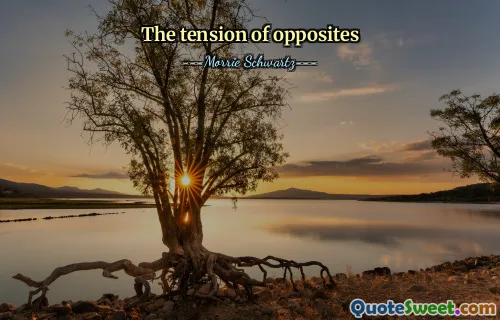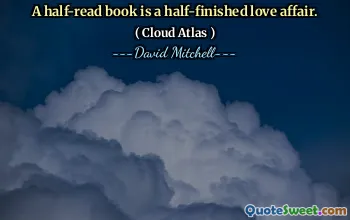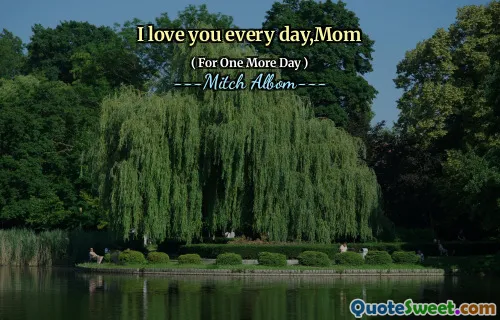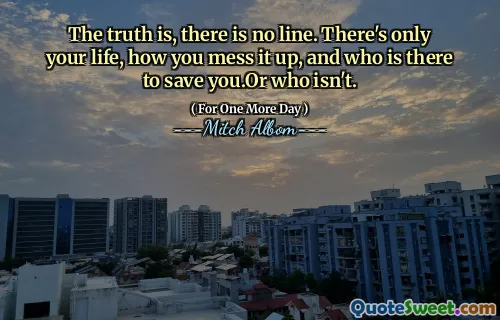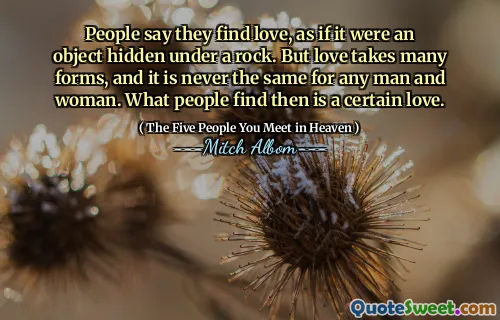
People in Mumbai are not really into Punjabi music, whereas those in Delhi and Gurgaon love Punjabi numbers and are totally into the peppy music.
This quote highlights the regional variations in musical preferences within India, a country known for its rich and diverse musical landscape. Mumbai, often considered the entertainment capital and a melting pot of cultures, may have a more eclectic or cosmopolitan taste that doesn't heavily lean toward Punjabi music. Instead, Mumbai's residents might favor a mix of Bollywood hits, regional music, or international tracks that reflect its diverse population and global influences.
In contrast, Delhi and Gurgaon seem to have a strong affinity for Punjabi music, which is characterized by lively beats, energetic rhythms, and culture-specific lyrics that resonate deeply within these communities. This preference could be attributed to the significant Punjabi population in these regions, the popularity of Punjabi artists, and cultural celebrations where Punjabi music plays a central role. The reference to 'peppy music' underscores the energetic, upbeat nature of Punjabi songs that appeal to these audiences, emphasizing their lively social and cultural fabric.
The quote underscores how regional and cultural identities influence musical tastes, and how these preferences can vary dramatically across different parts of the same country. For the music industry, this insight is vital, as understanding local preferences can help artists and producers tailor their offerings to specific audiences, thereby enhancing their reach and relevance. It also sheds light on the broader sociocultural dynamics that shape entertainment choices—things like migration patterns, cultural pride, and community traditions. Overall, music serves as a reflection of cultural identity, and variations in musical preferences across Indian cities illustrate the country's incredible diversity. People are drawn to different genres that tell stories or make them feel connected to their roots, which makes music a powerful form of cultural expression.
---Neha Kakkar---



